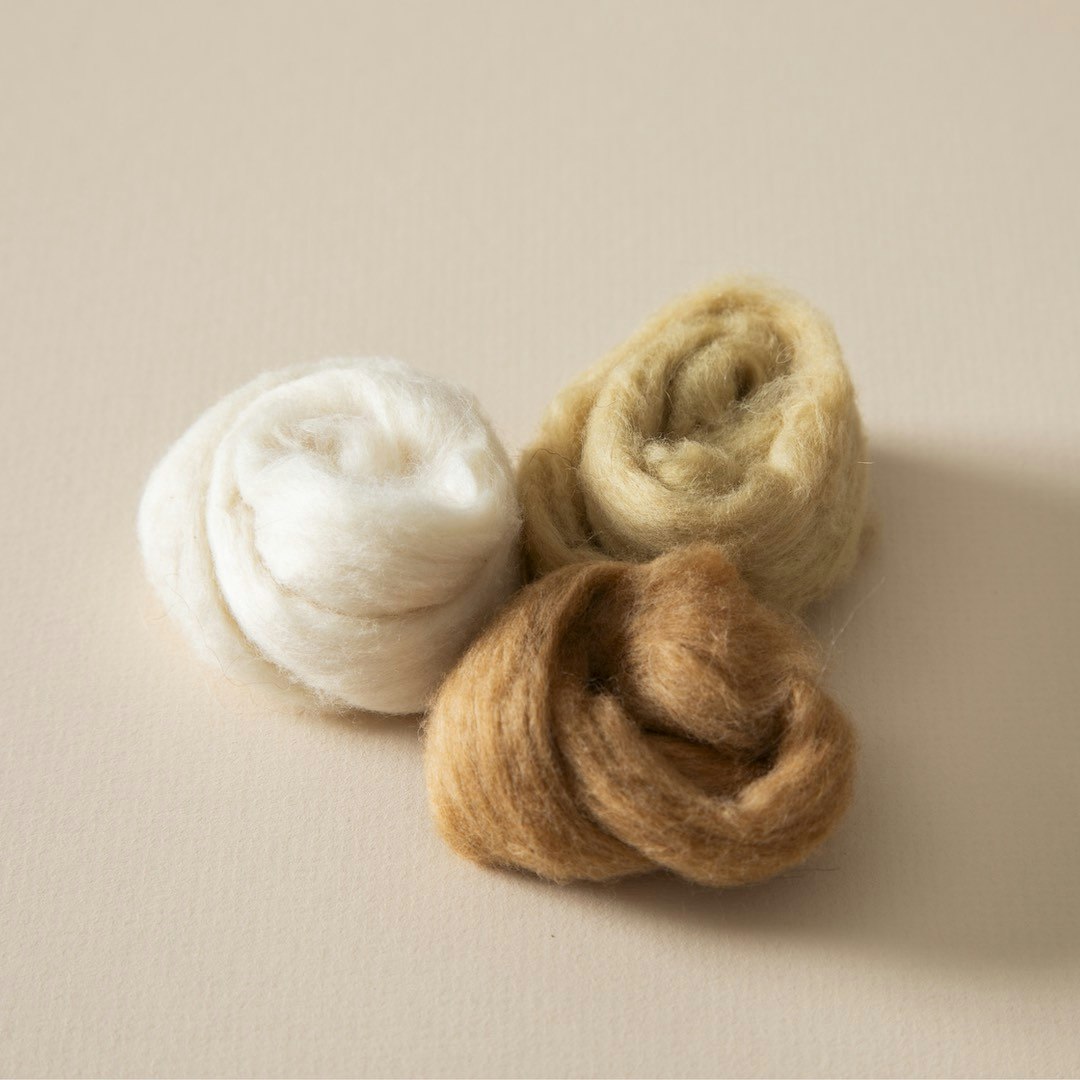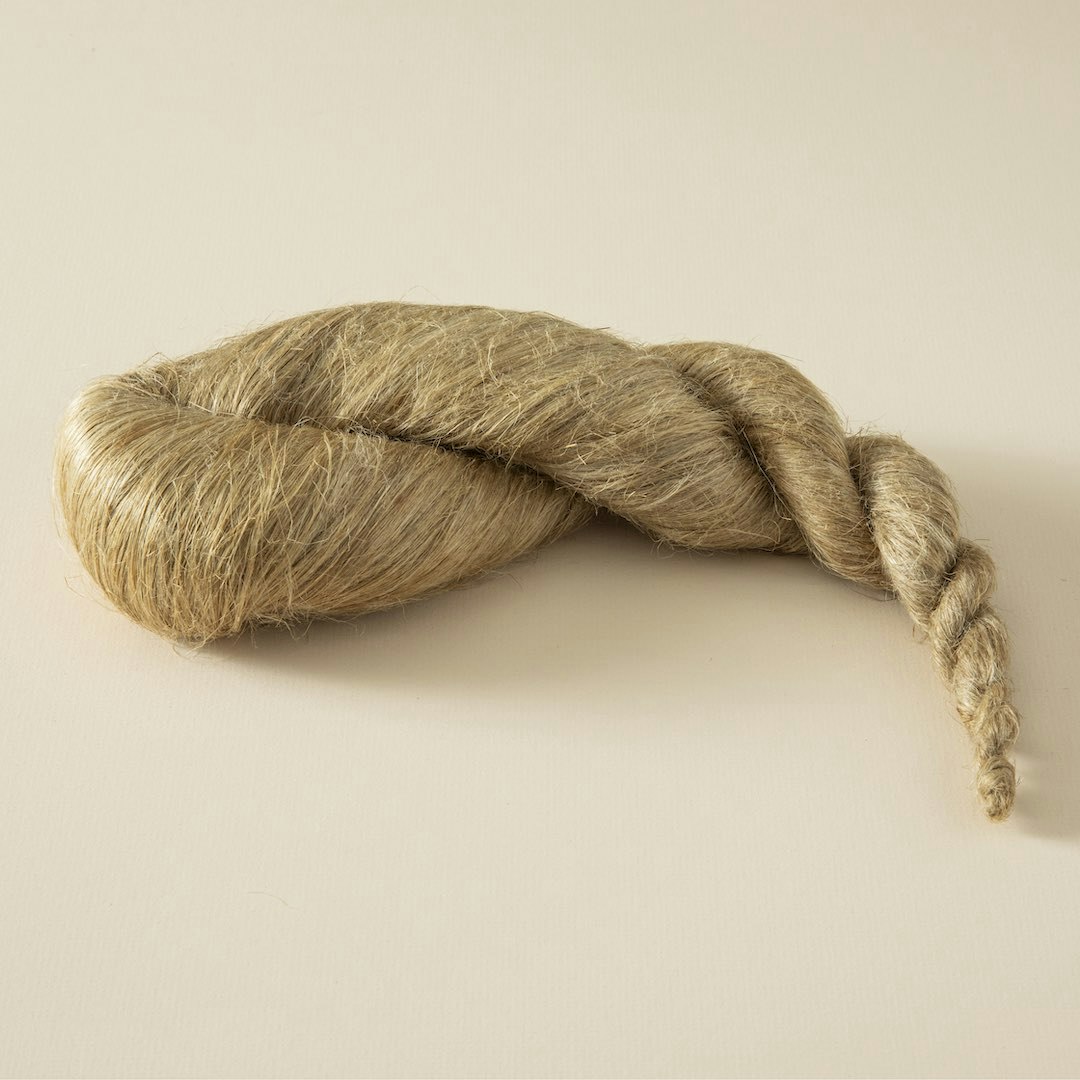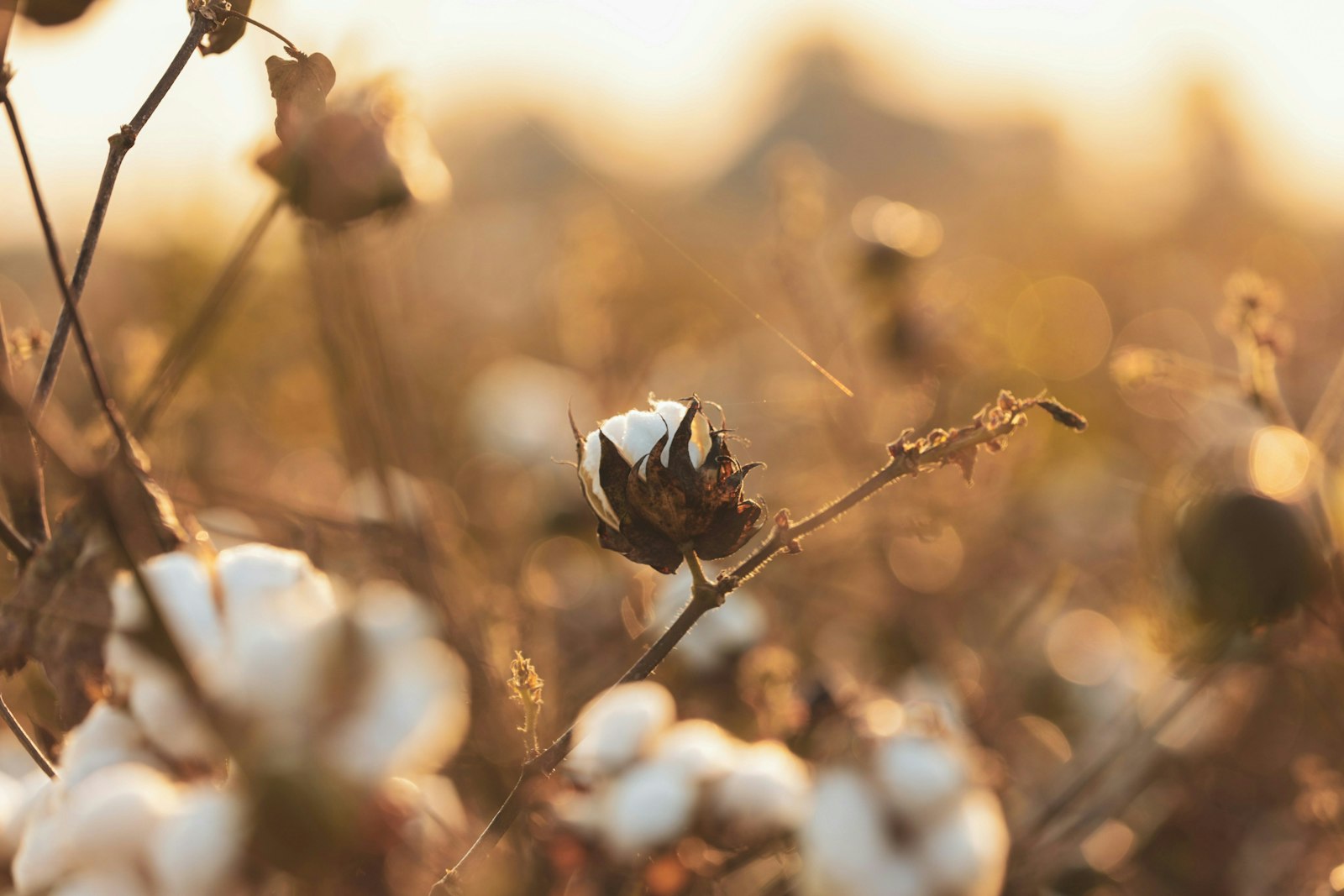When I first started buying yarns for weaving, I didn’t know much about different types of fibers. One of the first fiber lessons I learned was the difference between linen and cottolin. Both are plant fibers and both make excellent towels, but the two fibers have unique characteristics that might make a weaver choose one or the other, or even a blend of the two. In her Fall 2024 article, Fiber 101:The Basics, Amy Tyler wrote about both these fibers—among many others. Her information was so interesting I decided I had to share it here. —Christina
 While many of us grow up only knowing white cotton, it comes in a multitude of colors including shades of brown and even green. Photo credit: Matt Graves
While many of us grow up only knowing white cotton, it comes in a multitude of colors including shades of brown and even green. Photo credit: Matt Graves
COTTON
Cotton fibers are attached to seeds in the bolls of the cotton plant, which are picked and left to dry out. After drying, the seeds are removed, and the fiber is carded and spun.
Cotton fibers are very short—1 to 2½ inches at the most—so they require a lot of twist during spinning and plying to make a stable yarn. But, oh, what a yarn! Cotton holds up under harsh treatment and repeated washings. It is comfortable to wear and great for warm weather. Cotton is extremely absorbent and gets stronger when wet.
Most available cotton fibers are white, but it is also possible to find naturally colored cotton. To create mercerized or pearl/perle cotton, the yarn is exposed to a caustic soda solution. The result is a yarn that is strong, dense, and smooth and that takes dye well—but it’s been my experience that mercerized cottons are less absorbent and take longer to dry than unmercerized cotton. In contrast, unmercerized cotton often feels softer, and because it is more absorbent, I seek out unmercerized cotton yarns when making dishcloths.
 A flax strick ready to be spun. Only once the strick is spun is it referred to as linen. Photo credit: Matt Graves
A flax strick ready to be spun. Only once the strick is spun is it referred to as linen. Photo credit: Matt Graves
LINEN
Linen comes from the flax plant—specifically, from the bast fibers that make up an intermediate layer of the plant’s stem. When planted densely, flax grows straight and tall, which in turn makes for long fibers.
Unlike cotton, linen requires many steps of preparation before it’s ready for spinning. After the plants are harvested, they are retted in standing water or dew to loosen up the outer bark and inner woody parts of the stems. The plants are allowed to dry and then the stems are subjected to scutching, or breaking of the outer and inner layers. Next, the stems are further cleaned of the bark and inside layer by hackling (combing). The long bast fibers that remain are called “line” or “strick,” while the shorter bits of bast fibers combed out in the hackling process are called “tow.”
Only when the strick or tow is spun into yarn is it referred to as linen. Linen is strong—both wet and dry—and it is long-lasting, especially when spun from the strick. Cloth woven from linen is exceptionally absorbent and dries quickly, making it ideal for hankies, towels, and summer clothing.
If you enjoyed this information on cotton and linen, make sure you check out the rest of Amy's article from the Fall 2024 issue where she covers not only different plant fibers, but also protein and synthetic fibers, too!
Happy Weaving! Christina

